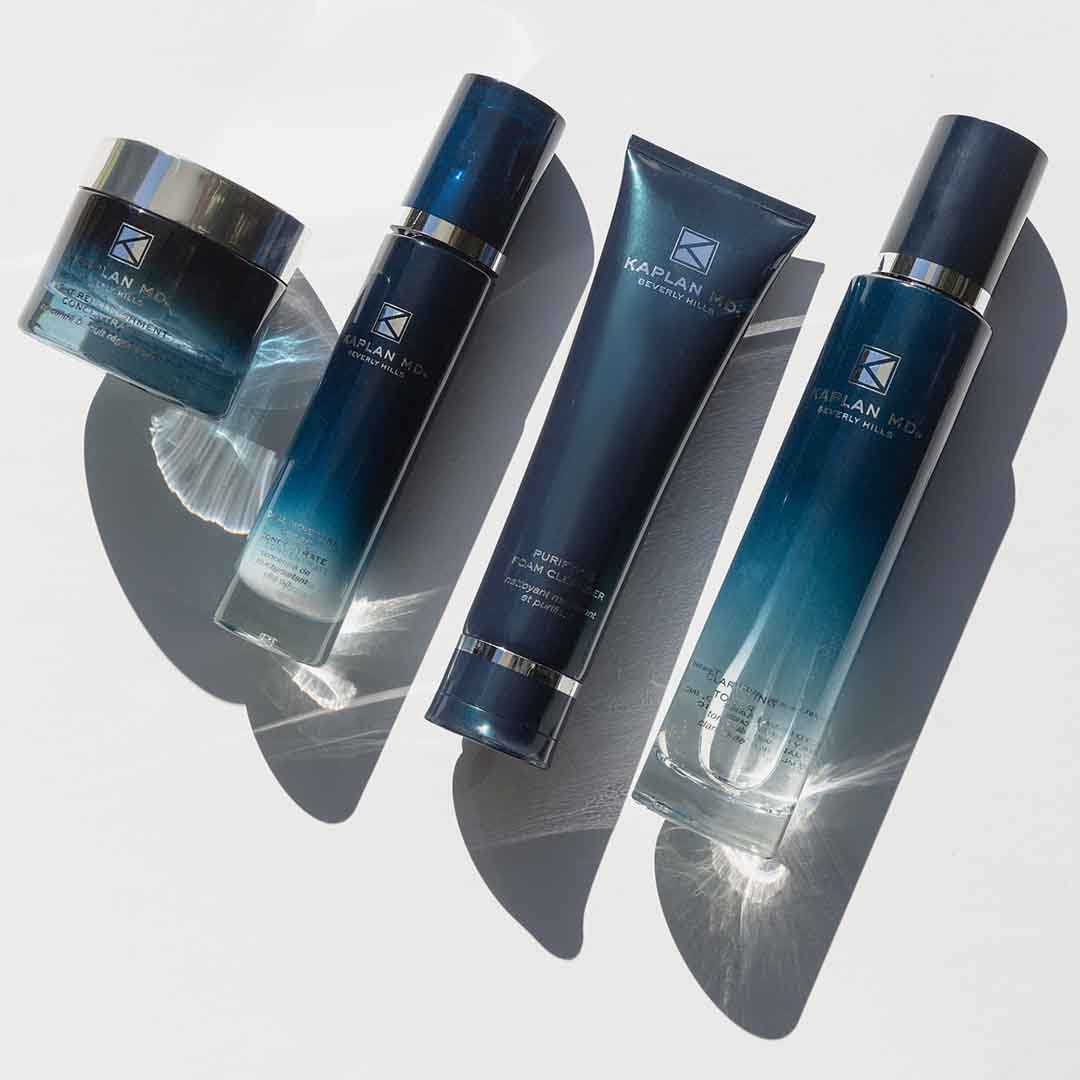Dr. Kaplan – Seborrheic Keratosis
SEBORRHEIC KERATOSIS
SKs are common skin growths. These benign growths can occur almost anywhere on the skin. Some people just get one; other can get many. It is common to have many.
WHAT SK LOOKS LIKE
It is easy to mistake an SK for another common growth such as a mole or a wart. Most SK begins as a small, rough bump on the skin, which tends to grow slowly, gradually thickening and looking like a wart. However it can sometimes feel smooth; an SK can be flat or raised. SKs are often brown, but they range in color from light tan to black. Some measure a fraction of an inch; others can be larger than a half-dollar.
SKs do have one distinguishing trait to help you recognize them. They usually have a waxy, pasted-on-the-skin appearance. When you see an SK, it often looks like a dab of warm, brown candle wax on the skin. It can also resemble a barnacle stuck to a ship.
This appearance makes SKS look like can easily be removed with a fingernail, but it does not; doing so can cause an infection.
CAUSES
Researchers are still studying the causes of SKs. We do know that they are not contagious, but it can be inherited from families.Sun exposure may also play a role. SKs form both on skin that gets sun exposure and on skin that gets little to no sun at all. Estrogen also may play a role; it can suddenly appear when a woman’s estrogen levels rise or fall quickly, which can happen during pregnancy and when stopping estrogen therapy.
MORE COMMON WITH AGE
While anyone may get SKs, they generally start in middle age or later. Children rarely get SKs
WHERE SK APPEARS
Most form on the chest and back. It can also appear on the scalp, face, neck, and almost anywhere on the skin. They cannot form on the palms or soles.
WHEN TO SEE A DERMATOLOGIST
SK are benign, so treatment is not necessary. It is recommended however to remove an SK that:
- Grows quickly
- Turns black
- Itches
- Bleeds
- Large
- Easily irritated by clothing or jewelry
- Considered unsightly by a patient
These are signs and symptoms of skin cancer, so seeing a dermatologist for accurate diagnosis is essential.
During the appointment, the dermatologist will examine the growth and remove it. If they suspect that it could be skin cancer, the removed growth will be sent to lab for further diagnosis.
If you suddenly get numerous SKs, this could be sign of a serious health problem, and you should see a dermatologist.
TREATMENT
The following may be used to remove SKs, which can easily be done at an office visit:
CRYOSURGERY
This involves using liquid nitrogen, which is extremely cold, which is applied to the growth with a cotton swap or spray gun. This freezes the SK, which usually falls off within days. Sometimes a blister can form beneath the treated SK. As the blister dries, it turns into a scab-like crust that falls off.
You may see a small dark or light spot on the skin where the growth was, which usually fades with time. A possible side effect can be a permanent white spot on the treated area.
ELECTROSURGERY AND CURETTAGE
Electrosurgery involves first numbing the SK and then using an electric current to burn it. Curettage involves using a scoop-shaped instrument called a curette to remove the treated SK. Stitches are not necessary. There may be some bleeding, which can be controlled by applying pressure or a blood clotting chemical.
MAKE SURE IT IS AN SK
If you’ve had SKs it can easily be mistaken for another SK. SKs can look like other common skin growths. When you see a new growth, you should always see your dermatologist for a proper diagnosis. What could look like an SK can be a:
WART
Though generally harmless, doctors may recommend treatment, especially when it doesn’t go away, hurts, or there are many warts.
MOLE
It is normal for new moles to appear during childhood and adolescence. By the age 30 the person usually has all the moles that will develop. If a new mole forms or an existing ole starts changing, immediately make an appointment. It could be sign of a skin cancer.
ACTINIC KERATOSIS (AK)
This growth is flatter and rougher than a SK. AKs are caused by years of sun exposure and considered the earliest stage in development of skin cancer. They should be examined along with patches of skin that feels dry, scaly, and rough-textured.
MELANOMA
This is a type of skin cancer that can be deadly if not treated early. Melanoma can look and act just like an SK. If you have a growth that darkens, bleeds, itches, or is irritated, immediately see your dermatologist.
All content solely developed by the American Academy of Dermatology.








